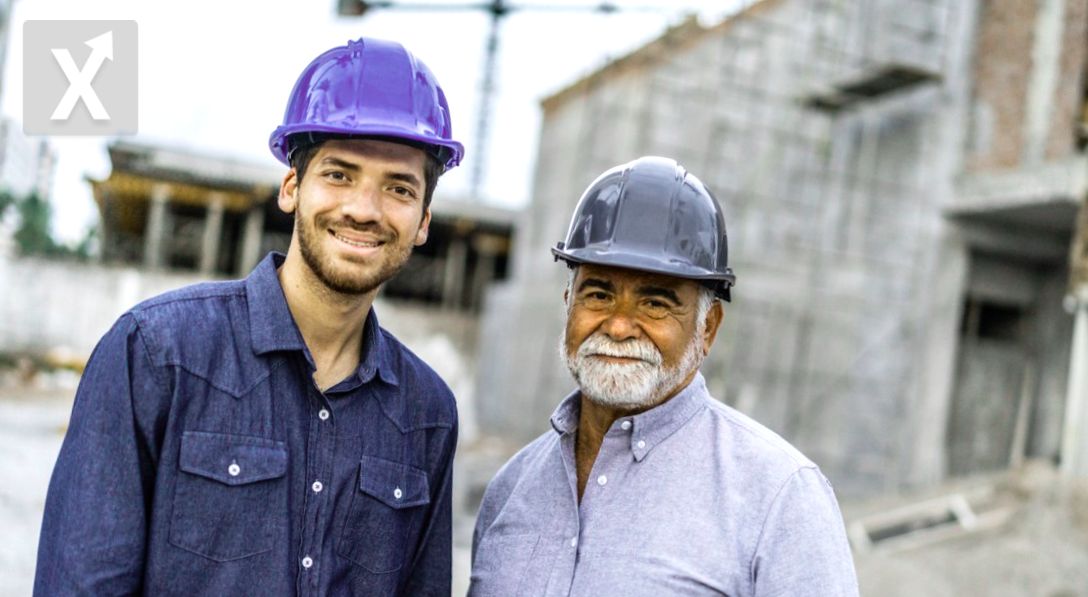The Labor Landscape for Older Adults in Mexico: Between Insufficient Pensions and the Need to Stay Active

In Mexico, more than 3.3 million people over the age of 65 remain actively engaged in the labor market, even though they are legally of retirement age. Recent data from the National Institute of Statistics and Geography (Inegi) shows that the proportion of older adults still working has not significantly decreased in recent years, even with the implementation and expansion of social programs such as the Welfare Pension for Older Adults.
Currently, it’s estimated that 13% of Mexico’s employed population is made up of people over 60, with about 5.6% being older than 65. This trend represents a slight increase compared to previous years, especially since the start of Andrés Manuel López Obrador’s administration, which set out to strengthen support for this vulnerable segment of the population.
The main reasons older adults remain in the workforce are economic. Stories like that of José Felipe, 69, illustrate how, despite receiving a pension from the Mexican Social Security Institute (IMSS) and government support, the combined income is not enough to cover basic needs. This is partly because pensions are usually adjusted based on the Unit of Measurement and Update (UMA) instead of the minimum wage, which reduces their real value against inflation. In this context, many older adults are forced to start small businesses or continue working in both formal and informal jobs to earn a decent income.
Official data also shows that there are now more older adults working than young people between the ages of 15 and 19—a shift in the structure of Mexico’s labor market. Sixty percent of employed seniors work in the tertiary sector, mainly in commerce and services, while a notable 26% are involved in the primary sector, especially agriculture. Wages remain low: more than half of workers over 60 earn up to one minimum wage (8,364 pesos per month), a higher proportion than the national average, while just 0.89% make more than five times the minimum wage.
According to consultancy firm Robert Walters, many retirees seek to re-enter the workforce not only out of necessity—because pensions aren’t enough or due to a lack of savings—but also out of a desire to remain active. The experience and skills of this group can add strategic value to companies, especially in sectors such as consulting, education, manufacturing, customer service, administration, and project management. Intergenerational mentoring, flexible work options, and generational inclusion are recommended strategies to capitalize on these talents.
The debate over retirement age has also gained prominence. Business leaders like Carlos Slim have proposed raising it to 75 in response to longer life expectancy and the fiscal pressures pension systems will face in coming decades. According to data from organizations like Coneval, social programs have helped reduce extreme poverty among older adults, but challenges related to an aging population and long-standing deficiencies in the pension system remain.
Recent surveys, such as the National Financial Inclusion Survey, show that seven out of ten Mexicans expect government support to be their main source of income in old age, even though informal saving practices persist: only 8.2% of adults use formal accounts to save money, while 36.6% rely on riskier methods.
In short, Mexico faces a double dilemma: a rapidly aging population and a pension system showing signs of exhaustion, forcing millions of older adults to keep working beyond retirement age. Without structural reforms and inclusive labor market policies, the country risks turning this trend into a “silent crisis” that could threaten the well-being of future generations.






